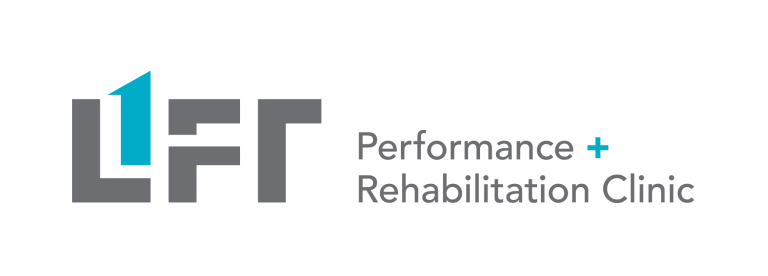What are gym injuries?
The gym is a place where we go to try to improve ourselves. Some of the common goals are to get stronger, move better, perform better at your sport / job, recover from an injury, improve your health and build self-confidence.
However, not everything always goes to plan when training at the gym. An athlete may be experiencing knee pain from squatting, after a heavy week of training. A man who’s trying to improve their bench press may be feeling shoulder or elbow pain which leads them to end their workout early, and unable to bench press for weeks. A runner recovering from an achilles tendon injury runs too much on the treadmill too soon and reaggravates their symptoms. A powerlifter who’s recovered from a recent back injury, re-injures their back doing deadlifts 3 weeks into his current program.
Injuries at the gym can be discouraging and may cause people to lose motivation to train. Gym injuries can affect sport performance, sleep, work, and daily living.
How can I prevent gym injuries?
Gym injuries can come unexpected, but here are some general tips to help reduce the risk of gym injuries:
- Start with a general warm up, then work on a more specific warmup that targets the muscles that you’re going to use during the training session.
- Work on improving your form when training. Understand the purpose of the exercise you’re doing and how to execute it properly before ramping up the intensity.
- Allow at least 48 hours (or more), between fairly intense workouts to allow the muscles and joints to recover. If your current program involves high intensity, high load workouts, for multiple days a week, schedule in a deload week every 3-5 weeks to allow the body to recover.
- Ensure you have adequate mobility to perform the exercises that you plan to perform. If your mobility is lacking, include mobility exercises during your warmup to improve your mobility. If you still don’t have sufficient mobility for the exercise, modify the exercise based on your restrictions. For example, thoracic extension mobility exercises prior to overhead pressing, performing deadlift off blocks to start with a better position, wearing heel lifted shoes for squats to increase your depth.
How can a Physiotherapist / Chiropractor/ Registered Massage Therapist at Lift clinic help with gym injuries?
Our clinicians are able to do an in depth assessment to determine what may have caused your injury, and also determine the severity of the injury. This assessment will allow the clinicians to estimate a timeline for recovery, and ways to work around the injury at the gym.
The treatment sessions with the clinicians aim to help you reduce pain, restore movement and restore function. They will assess for weak links that may have led to the injury. For example, someone coming in for elbow pain when bench pressing may have an underlying issue with the shoulder that may have led to the elbow injury. Our clinicians will create a specific plan to help address your weak links, work around the injury, allow you to continue training at the gym, and help prevent reinjury upon return to training.
Our goal at Lift Clinic with gym injuries is to help you get back to the gym to do what you need to do sooner and better than before. We aim to help you get the most out of your training by keeping you injury-free for longer.
